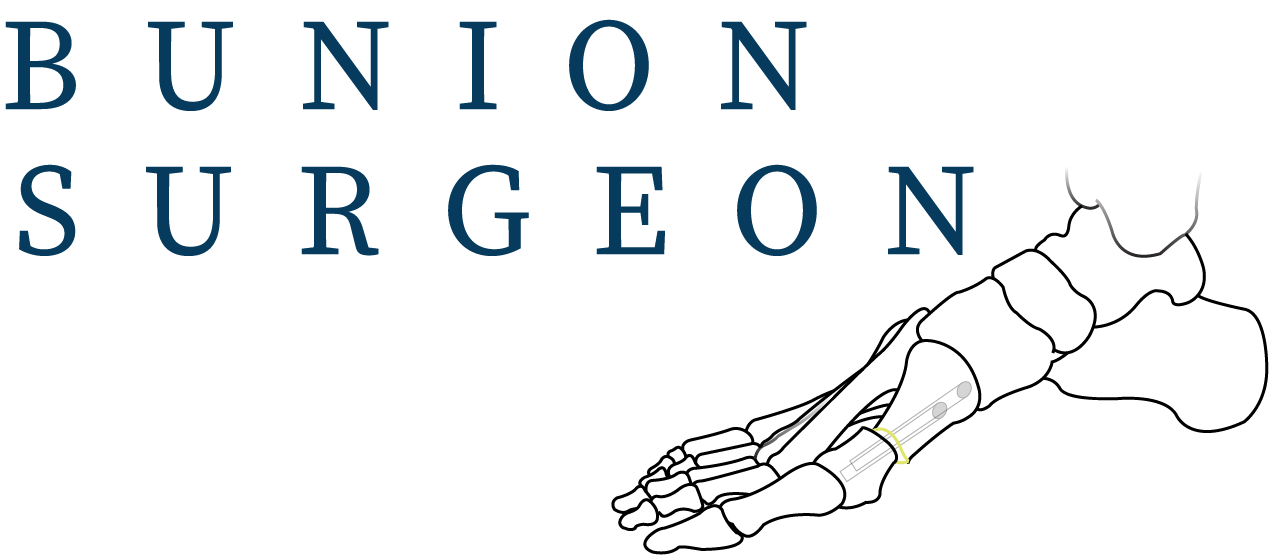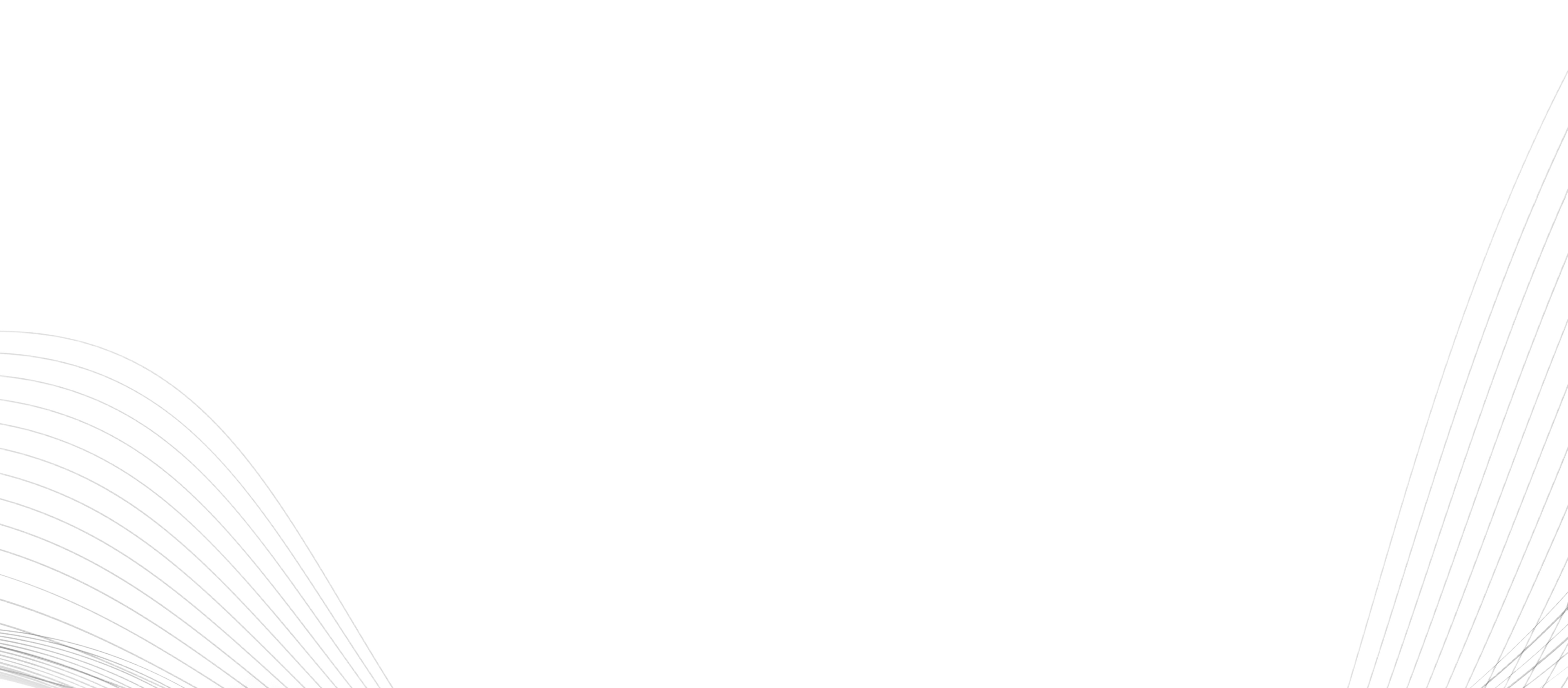

Bunion Treatment in London
Bunions are a common condition that result from constant pressure on the joint of the big toe and sometimes the small toe as well. Most of the time, it occurs due to too tight footwear which the feet are confined and always under pressure. The base of the big toe gets enlarged or deformed, which may need to be corrected to remove the boney bump and realign the toe.
What are the Bunion Treatment Options?
You specialist will carry out an X-ray to examine what damagae has been done to the bone before starting any treatments. There are non-invasive and invasive bunion treatment options. It depends on your condition as to what plan will be suggested. Though the only way to remove a Bunion is through surgery.
Some of the non surgical treatments may include:
- Changing shoes: Wearing spacious and comfortable shoes can aid discomfort and stop the bunion deformity deterioating.
- Ibuprofen (Advil, Motrin IB), Acetaminophen (Tylenol), and naproxen sodium (Aleve) can relieve the pain. Cortisone injections also help in the same way.
- Padding: Bunion pads or cushions are available over the counter can help with both pain and in providing support to the region.
- Shoe inserts: Splints or inserts/ custom orthotics can help to distribute the pressure evenly during movement. This reduces the inflammation and the pain in the foot. It can also prevent your bunion from getting worse.
- Ice application: This can relieve swelling and soreness of the bunion.
Surgical Bunion Treatment
Some of the surgical treatments may include:
- Remove the inflamed tissue from around your big toe joint.
- Straightening the affected big toe by removing part of the protruded bone.
- Readjusting one or more bones in the forefoot to a position where the abnormal angle in the big toe joint will be corrected.
- Joining the bones of the affected region permanently.
If the above-mentioned non surgical options do not resolve the pain, or your bunion continues to deterioate, then surgery may be suggested. Surgery may include the minimally invasive keyhole bunion correction, scarf and akin osteotomy or the Lapidus fusion.
Treatment carried out by an expert Bunion surgeon
Our bunion expert, Mr. Kaser Nazir, typically advises on one of three Bunion surgery options- minimally invasive keyhole bunion surgery, Lapidus procedure and scarf and akin osteotomy. Minimally invasive Keyhole bunion correction can provide less pain and a faster recovery. The Lapidus fusion involves correcting the Bunion deformity via a fusion with the use of a Lapidus plate and screws, this is particuarly recommended for patient's with hypermobility. The Lapidus fusion helps to Stabilise the midfoot and also reduces the risk of recurrence. A scarf and akin osteotomy is performed on small to moderate deformities.
Mr. Kaser Nazir has been correcting bunions for over 21 years and is an expert in his field. He is covered by all major insurance companies and offer package prices for self-funding patients.
Frequently Asked Questions
Can I have Bunion surgery on both feet at the same time?
Yes, bunion surgery can be done on both feet at the same time. However, this will also mean more restricted mobility for the first couple of weeks. It may be advised one foot at a time depending on your particular circumstances.
Can a bunion be corrected without surgery?
Bunions cannot be corrected without surgery but wearing the right shoes, using foot padding and orthotics can aid discomfort.
How long does Bunion surgery take?
Bunion surgery typically takes 45-50 minutes per foot. The postoperative period consumes more time because the surgery is monitored, which includes physio training and walking.